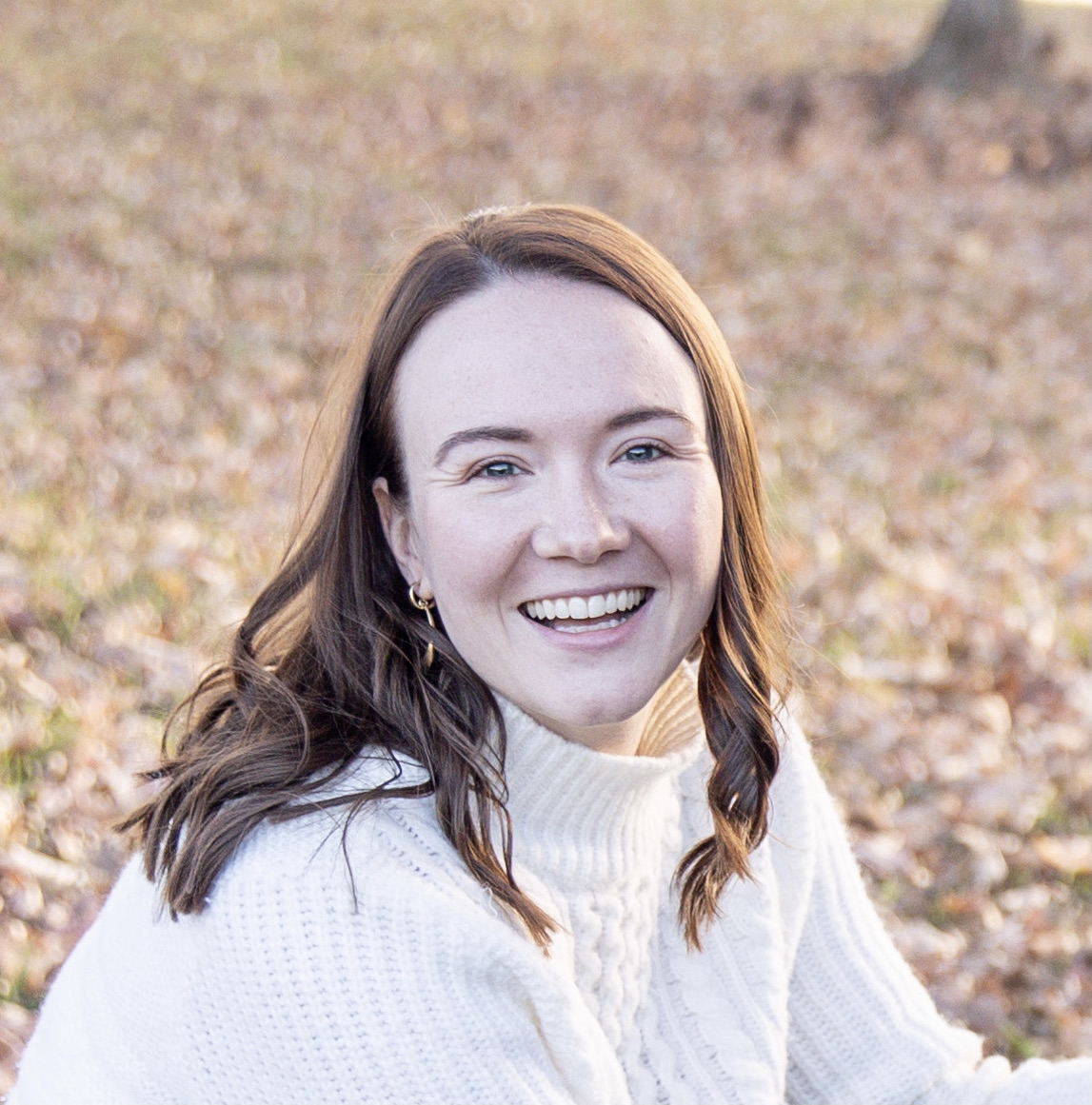Research Interests
My research lies at the intersection of large-scale structure, galaxy formation and evolution, and cosmology. My goal is to improve our understanding of both cosmology and galaxy formation using statistical measurements of the distribution of galaxies in the Universe. I am particularly interested in modeling and measuring galaxy clustering in the nonlinear-regime (i.e. on small scales). Small scales contain rich information about the growth of structure in our universe, as well as the processes that govern galaxy formation and evolution. Current and future galaxy surveys will map out the positions of galaxies in the Universe with greater precision than ever before. I am interested in maximizing our return from these surveys by taking full advantage of the wealth of information contained in small scales, as well as characterizing galaxy clustering through novel statistical measurements. In my research I use a combination of large high-resolution N-body simulations, forward models of the galaxy-halo connection, and modern statistical inference methods.
My current work focuses on building a novel forward model of the galaxy-halo connection for creating multi-wavelength, multi-tracer, multi-redshift mock galaxy catalogs. As part of this work, I am leading the Emulator Mock Challenge within the DESI Collaboration.
My thesis work focused on accurately modeling the small-scale clustering of galaxies in SDSS using a wide variety of galaxy clustering statistics and an extended version of the standard Halo Occupation Distribution model (Beltz-Mohrmann et al. 2023). My dissertation is titled “Developing an Accurate Probe of the Galaxy-Halo Connection: Baryonic Effects, Small-Scale Galaxy Clustering, and Halo Model Extensions.” As part of this work, I investigated the limitations of the standard Halo Occupation Distribution model compared to hydrodynamic simulations (Beltz-Mohrmann et al. 2020), as well as halo mass discrepancies between dark matter only and hydrodynamic simulations (Beltz-Mohrmann et al. 2021). For this work I made use of results from the Illustris, IllustrisTNG, and Eagle simulations.
Selected Publications
- DiffstarPop: A generative physical model of galaxy star formation history, Alarcon, A., Hearin, A. P., Becker, M. R., Beltz-Mohrmann, G. D., Benson, A.; Weerasooriya, S., 2025, submitted to The Open Journal of Astrophysics, arXiv:2510.27604
- OpenUniverse2024: A shared, simulated view of the sky for the next generation of cosmological surveys, OpenUniverse, The LSST Dark Energy Science Collaboration, The Roman HLIS Project Infrastructure Team, The Roman RAPID Project Infrastructure Team, The Roman Supernova Cosmology Project Infrastructure Team, Alarcon, A., Aldoroty, L., Beltz-Mohrmann, G. D., et al., 2025, Monthly Notices of the Royal Astronomical Society, arXiv:2501.05632
- Illuminating the Physics of Dark Energy with the Discovery Simulations, Beltz-Mohrmann, G. D., Pope, A., et al., 2025, The Open Journal of Astrophysics, 8, 74, arXiv:2503.05947
- DiffOpt: Parallel optimization of Jax models, Pearl, A. N., Beltz-Mohrmann, G. D., Hearin, A. P., 2024, Journal of Open Source Software, 9(104), 7522
- Toward Accurate Modeling of Galaxy Clustering on Small Scales: Halo Model Extensions and Lingering Tension, Beltz-Mohrmann, G. D., Szewciw, A. O., Berlind, A. A., Sinha, M., 2023, The Astrophysical Journal, 948(2):100, arXiv:2211.16105
- Toward Accurate Modeling of Galaxy Clustering on Small Scales: Constraining the Galaxy-Halo Connection with Optimal Statistics, Szewciw, A. O., Beltz-Mohrmann, G. D., Berlind, A. A., Sinha, M., 2022, The Astrophysical Journal, 926(1):15, arXiv:2110.03701
- The impact of baryonic physics on the abundance, clustering, and concentration of halos, Beltz-Mohrmann, G. D., Berlind, A. A., 2021, The Astrophysical Journal, 921(2):112, arXiv:2103.05076
- Testing the Accuracy of Halo Occupation Distribution Modelling using Hydrodynamical Simulations, Beltz-Mohrmann, G. D., Berlind, A. A., Szewciw, A. O., 2020, Monthly Notices of the Royal Astronomical Society, 491(4):5771, arXiv:1908.11448
- Radial Star Formation Histories in Fifteen Nearby Galaxies, Dale, D. A., Beltz-Mohrmann, G. D., et al. 2016, The Astronomical Journal, 151(1):4, arXiv:1511.03285
You can find a full list of my publications on ADS and ORCiD.
